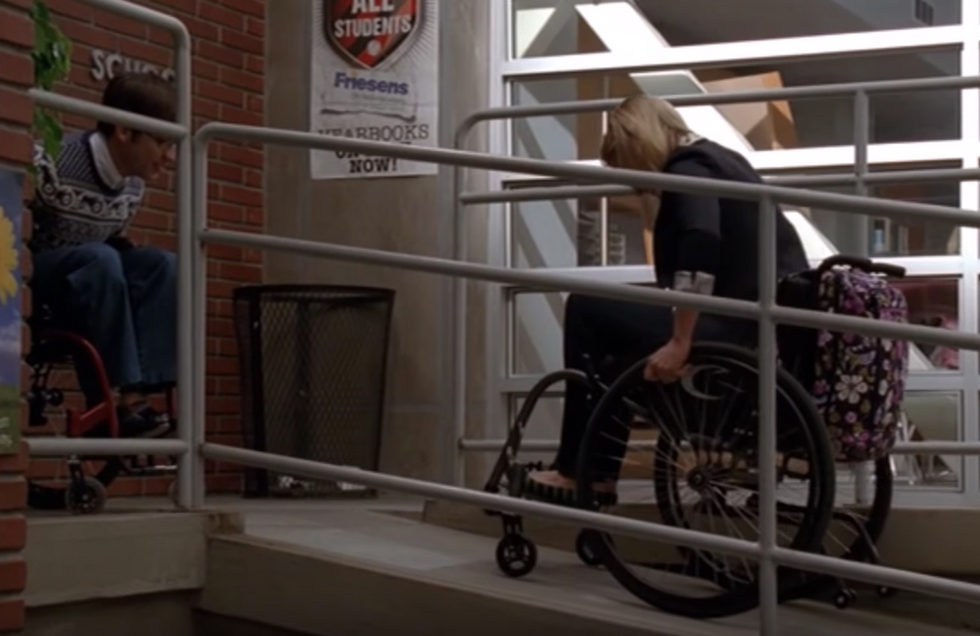Education should be a right, not a privilege, and this idea goes hand in hand with making educational institutions easily accessible for all people. If a student is accepted into a college or university, their physical ability should not be a determining factor on whether or not to attend. Inspired by one of my peers from a freshmen seminar class that I took last semester, I am writing this article in hopes of bringing awareness to the topic of physical accessibility in college environments.
My classmate discussed Edward Verne Roberts, who was an American activist and the first student with disabilities to attend UC Berkeley. He initiated the construction of many ramps in the university and was a leader of the disability rights movement both in and out of universities/colleges. Most students often forget about how easily accessible everything around them is. Yes, we sometimes complain about taking the stairs, but what if you were physically unable to take the stairs.
The reality is that a good percentage of students are physically disabled, and are fully capable of thriving in the same college environments, if not for many physical barriers that college campuses often pose for students with these disabilities.
Many colleges reportedly have a lack of full-functioning and effective ramps and elevators in every area of campus, including academic buildings, residence halls, dining facilities, etc. Even if there are some ramps, many times they are very inconveniently placed and long-winded.
For these reasons, it is crucial that every college/university campus realizes the importance of having a constantly-improving Office of Accessibility Services that works to consistently provide for the student population that is physically disabled. Every student should have the right to attend the college they want if they are qualified, and a physical disability should not have to come in the way of this decision.
As a first-year at Emory University, I am proud that we have a dedicated staff serving in the Office of Accessibility Services here on campus. More than $5 million dollars has been used to improve accessibility on campus here.
Whenever I go to class, I see accessible ramps and elevators near every academic building including the Atwood Chemistry Building, the Psychology and Interdisciplinary Sciences Building, the Biology Building, Cox Dining Hall, all residence halls, etc. Most signs at Emory University are also accompanied by braille. The Office of Accessibility Services works closely with the students to ensure that all needs are met.



 mr and mrs potato head
StableDiffusion
mr and mrs potato head
StableDiffusion












